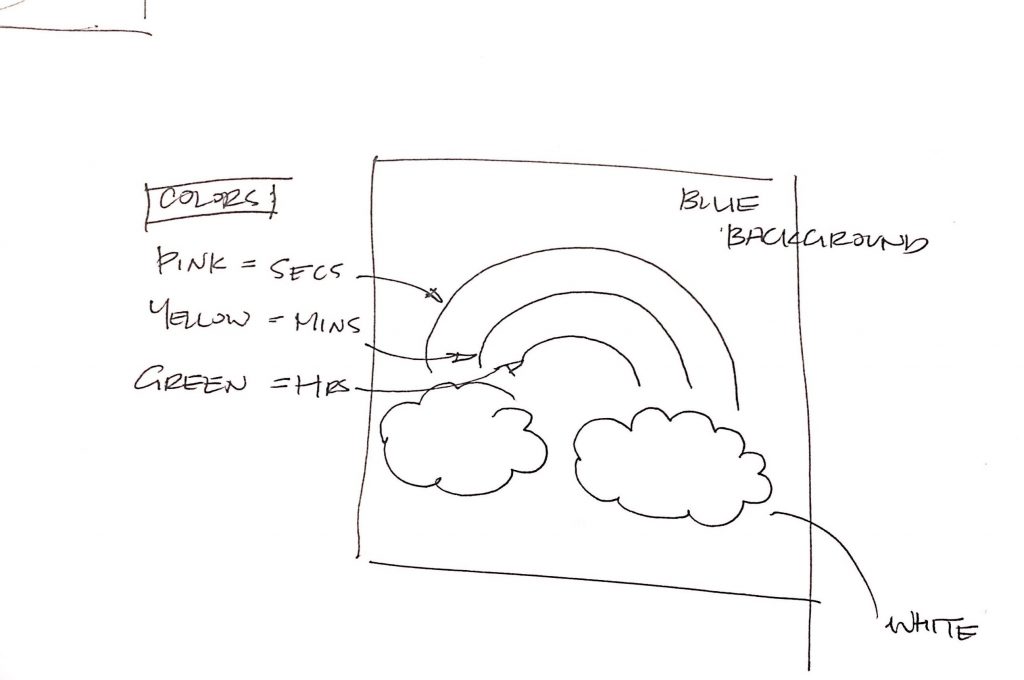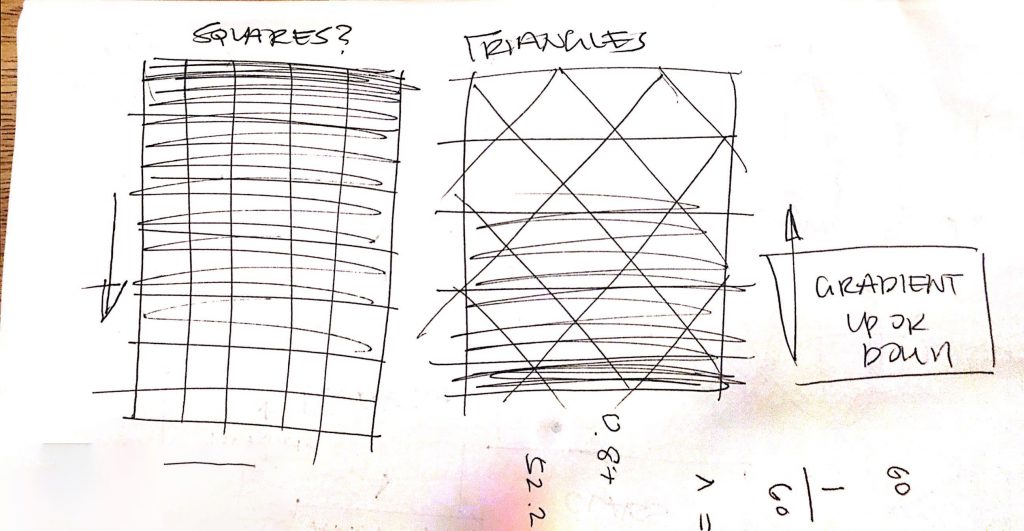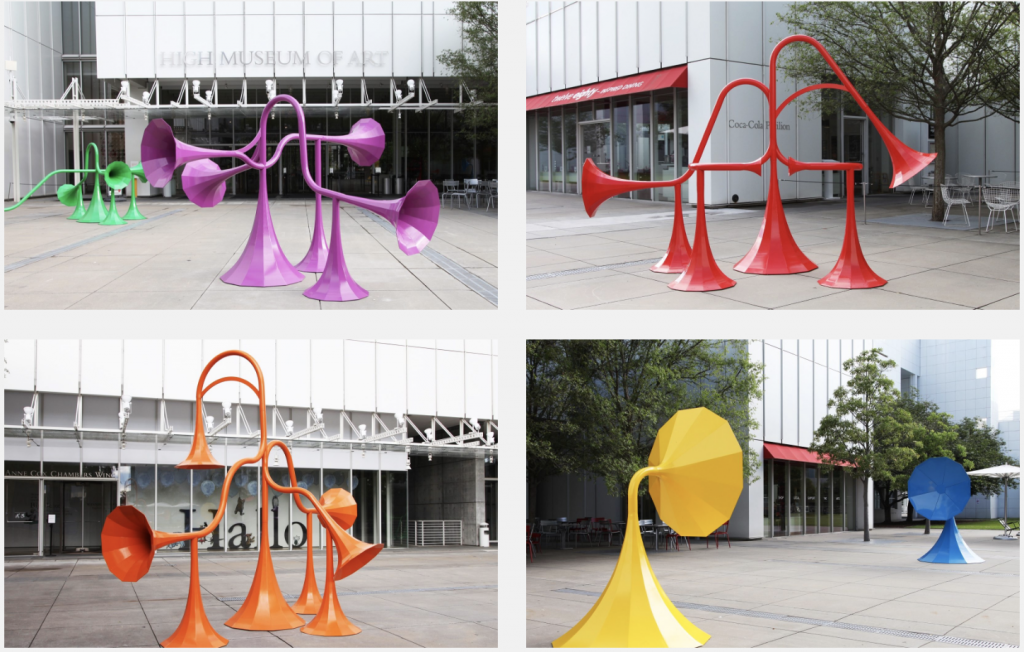//Caroline Song
//chsong@andrew.cmu.edu
//Section E
//Project 07-Curves
var nPoints = 800;
function setup (){
createCanvas(480, 480);
}
function draw(){
background(0);
//calling functions
drawHypotrochoid1();
drawHypotrochoid2();
drawHypotrochoid3();
}
function drawHypotrochoid1() {
//Hypotrochoid
//http://mathworld.wolfram.com/Hypotrochoid.html
//setting variables for light pink hypotrichoid
var x1 = constrain(mouseX, 0, width);
var y1 = constrain(mouseY, 0, height);
var a1 = 100;
var b1 = map(mouseY, 0, 500, 0, width);
var h1 = map(mouseX/10, 0, 500, 0, height);
push();
//light pink stroke
noFill();
stroke(251, 227, 255);
strokeWeight(2);
translate(width/2, height/2); //translate hypotrochoid to middle of canvas
beginShape();
for(var i = 0; i < nPoints; i++) {
var t1 = map(i, 0, 100, 0, TWO_PI);
x1 = (a1 - b1)*cos(t1) + h1*cos(((a1 - b1)/ b1) * t1);
y1 = (a1 - b1)*sin(t1) - h1*sin(((a1 - b1)/ b1) * t1);
vertex(x1, y1);
}
endShape(CLOSE);
pop();
}
function drawHypotrochoid2() {
//Hypotrochoid
//http://mathworld.wolfram.com/Hypotrochoid.html
//setting variables for pink hypotrichoid on the edges of canvas
var x2;
var y2;
var a2 = 300;
var b2 = 20;
var h2 = constrain(mouseY/10, 0, height);
push();
noFill();
stroke(237, 162, 250);
strokeWeight(2);
translate(width/2, height/2); //translate to middle of canvas
beginShape();
for(var i = 0; i < nPoints; i++) {
var t2 = map(i, 0, 100, 0, TWO_PI);
x2 = (a2 - b2)*cos(t2) + h2*cos(((a2 - b2)/ b2) * t2);
y2 = (a2 - b2)*sin(t2) - h2*sin(((a2 - b2)/ b2) * t2);
vertex(x2, y2);
}
endShape(CLOSE);
pop();
}
function drawHypotrochoid3() {
//Hypotrochoid
//http://mathworld.wolfram.com/Hypotrochoid.html
//setting variables for dark pink hypotrochoid
var x3;
var y3;
var a3 = 600;
var b3 = 50;
var h3 = mouseY;
noFill();
stroke(227, 92, 250);
strokeWeight(4);
translate(width/2, height/2); //translate to middle of canvas
beginShape();
for(var i = 0; i < nPoints; i++) {
var t3 = map(i, 0, 100, 0, TWO_PI);
x3 = (a3 - b3)*cos(t3) + h3*cos(((a3 - b3)/ b3) * t3);
y3 = (a3 - b3)*sin(t3) - h3*sin(((a3 - b3)/ b3) * t3);
vertex(x3, y3);
}
endShape(CLOSE);
}
During the project, I didn’t know exactly what I was looking for. I spent a lot of time on the MathWorld site simply trying to decide what kind of curves to play with. I ended up playing with different epispirals and astroids before becoming intrigued with hypotrochoids. I started playing around with the equations itself, plugging in different numbers to simply experiments with how that affects the curve and the interaction it has with the canvas.
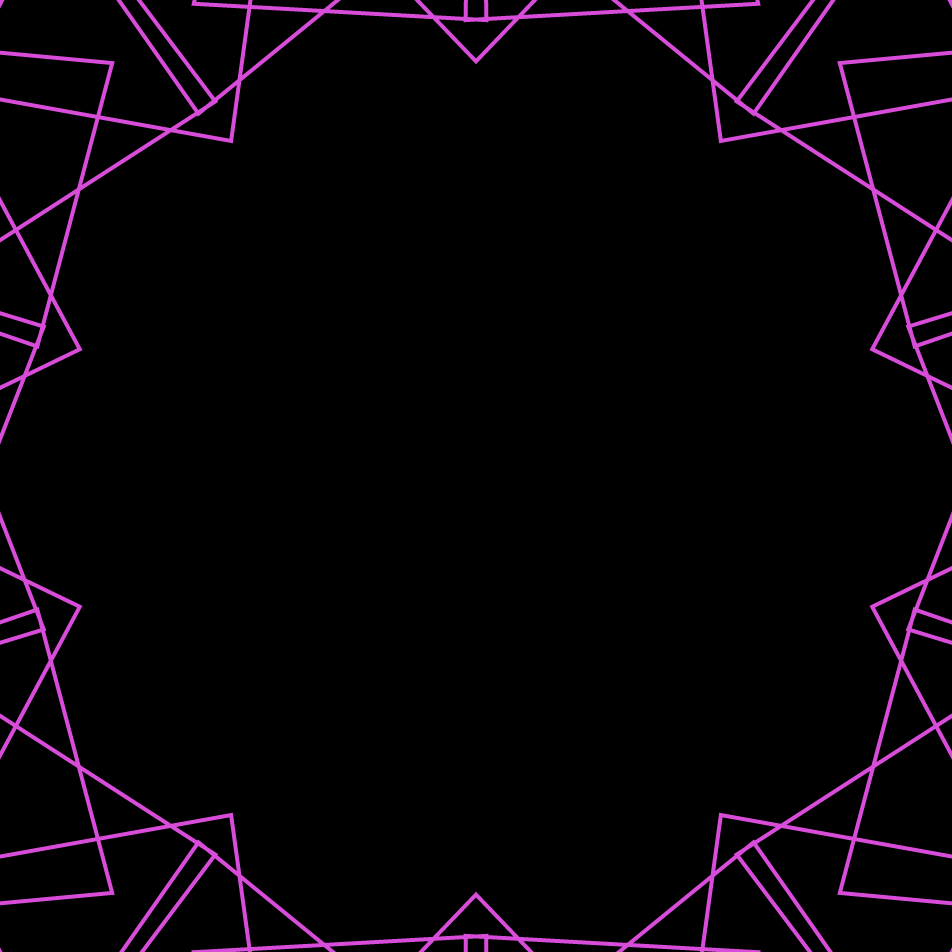

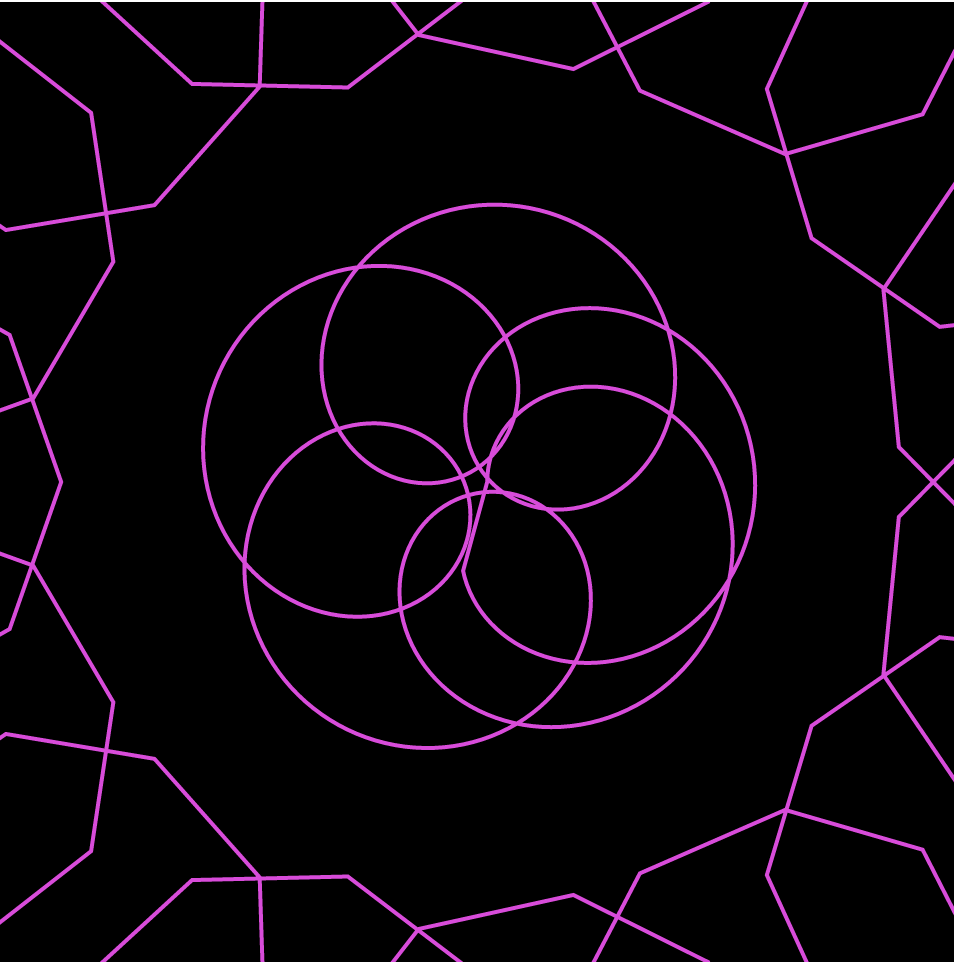
![[OLD FALL 2019] 15-104 • Introduction to Computing for Creative Practice](../../../../wp-content/uploads/2020/08/stop-banner.png)

